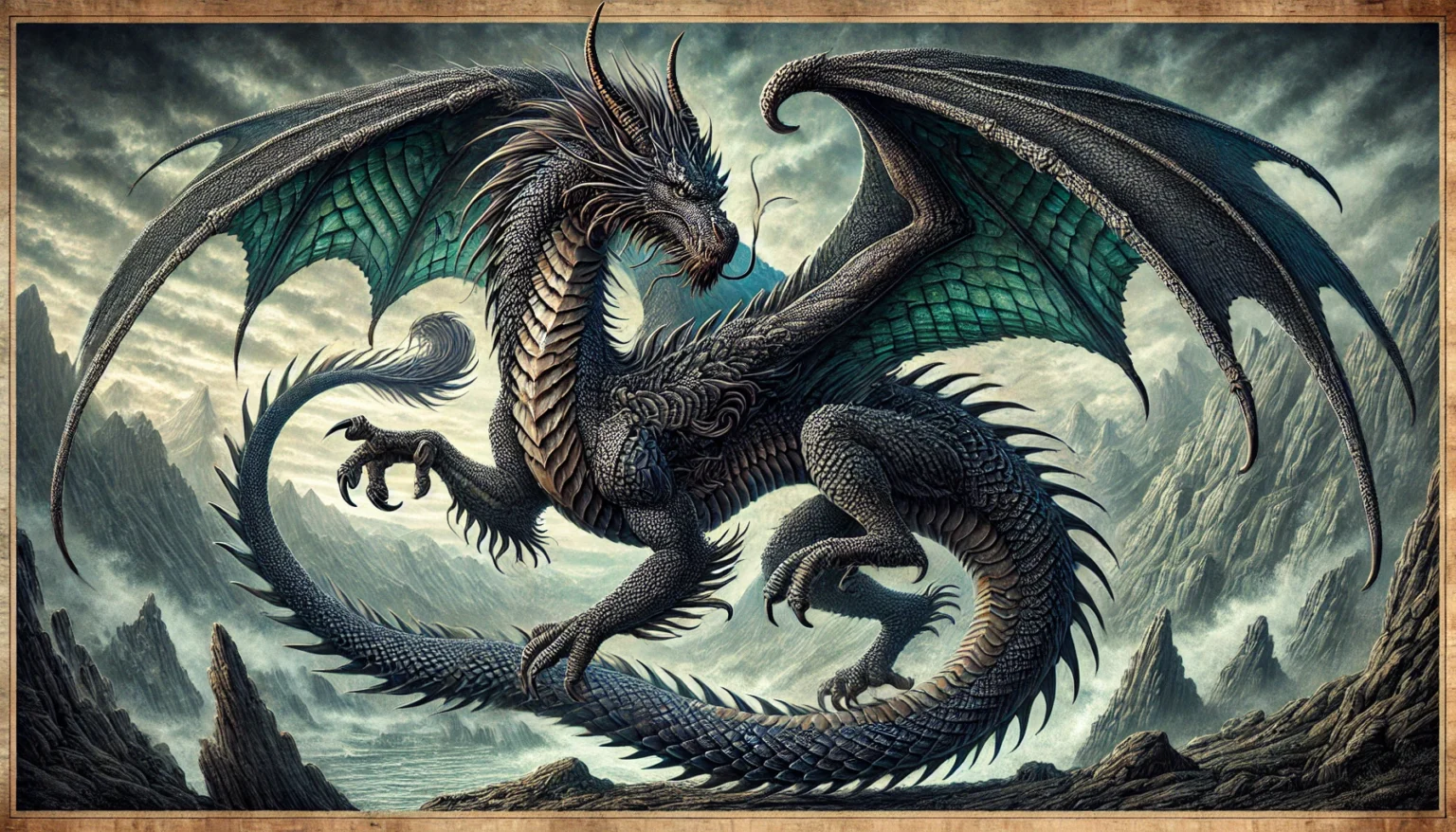Introduction: Drawing:5z_boyjkm98= Dragon
Drawing:5z_boyjkm98= Dragon is an exciting activity that can spark creativity and imagination. In this guide, we’ll walk you through the steps to draw a dragon, making it easy even for beginners. Dragons are mythical creatures found in many cultures, symbolizing power, wisdom, and mystery. By the end of this post, you’ll have a fantastic dragon drawing to show off!
What is Drawing:5z_boyjkm98= Dragon?
Drawing:5z_boyjkm98= Dragon is a unique method that combines specific techniques to create a dynamic and powerful dragon illustration. This technique includes simple shapes, detailed textures, and unique poses that bring dragons to life on paper. Whether you’re new to drawing or looking to refine your skills, following these steps will help you understand the basics.
Step 1 – Start with Basic Shapes
When drawing Drawing:5z_boyjkm98= Dragon, starting with basic shapes is key. Begin by sketching an oval for the head, a larger oval for the body, and curved lines for the tail and limbs. These shapes create the foundation, helping you position each part of the dragon correctly.
Adding details to these basic shapes makes the dragon appear more lifelike. Using simple circles and lines can simplify complex shapes, making it easier for beginners to follow along. Remember, starting with basic shapes will set you up for success!
Step 2 – Draw the Dragon’s Head and Facial Features
The head is a crucial part of Drawing:5z_boyjkm98= Dragon, as it gives personality to your creature. Add details like eyes, horns, and the mouth to create a fierce or friendly look. Don’t worry if it’s not perfect; adding textures and shadows later will enhance the look!
Make sure the dragon’s head is proportional to the body. You can add smaller details, like teeth and scales, that make the dragon unique. This step is all about expressing the dragon’s personality and starting to bring it to life.
Step 3 – Sketching the Body and Tail
For the Drawing:5z_boyjkm98= Dragon body, follow the shapes you’ve already drawn. The body should have a muscular look to show strength. Draw the tail long and slender, curving it to add movement to your dragon.
Adding curves to the tail will make the dragon look like it’s in action. The body and tail should flow naturally, showing the dragon’s agility. These details will make your dragon drawing more interesting and dynamic.
Step 4 – Adding Wings and Limbs
The wings are an exciting part of Drawing:5z_boyjkm98= Dragon! They can be large, with intricate designs like those of a bat, or small and delicate, depending on your style. Draw the wings with curved lines to give them a flexible look.
Next, add the limbs, making them strong and clawed. This will make the dragon look fierce and ready for flight. Adding muscles and scales on the legs will give your dragon a more powerful appearance.
Step 5 – Detailing the Scales and Textures
Scales are essential to make Drawing:5z_boyjkm98= Dragon look realistic. Start by drawing small, overlapping shapes on the dragon’s body, gradually increasing in size as they move down.
Adding texture to your drawing makes it stand out. You can add shading to some areas, like under the wings and near the legs, to create depth. This step will give your dragon a lifelike look, full of detail and character.
Step 6 – Shading and Coloring the Dragon
Shading is one of the final touches in Drawing:5z_boyjkm98= Dragon. It adds depth and makes your drawing appear three-dimensional. Start by shading areas that are usually darker, such as under the dragon’s neck and wings.
You can add color if you want a more vibrant dragon. Use colors like green, red, or blue to bring your dragon to life. With shading and coloring, your dragon will look as if it’s about to leap off the page!
Common Mistakes in Drawing:5z_boyjkm98= Dragon and How to Fix Them
Every artist makes mistakes, especially when starting with Drawing:5z_boyjkm98= Dragon. Common mistakes include drawing the head too large, making the body too stiff, or forgetting to add texture.
Fixing these mistakes is easy if you focus on each part of the dragon separately. Adjust the size, add curves for flexibility, and add scales or shading to enhance the appearance. These small adjustments will make a big difference in the final drawing.
Tips for Perfecting Your Drawing:5z_boyjkm98= Dragon Skills
- Practice Regularly: The more you practice, the better you’ll get.
- Study Real Animals: Observing real animals, like lizards, can help you understand body structure.
- Experiment with Different Styles: Try drawing the dragon in different poses or adding unique features, like extra horns or a long, flowing mane.
Practicing these tips will improve your Drawing:5z_boyjkm98= Dragon technique. It’s all about having fun and letting your creativity shine.
Conclusion: Bringing Your Drawing:5z_boyjkm98= Dragon to Life
Now that you’ve completed your Drawing:5z_boyjkm98= Dragon, take a step back and admire your work. Dragons are fascinating creatures that allow for endless creativity. Remember, each drawing improves your skills, and with practice, your dragons will only get better.
Keep exploring new techniques, and don’t be afraid to make mistakes. Drawing is about learning and expressing yourself. With this guide, you’re well on your way to becoming a dragon-drawing master!
Read More: Hellcat:up4x8m7t7fi= Trackhawk – The Ultimate Guide to Power and Performance

